Castello Sonnino, the Tuscan retreat blessed by Gucci
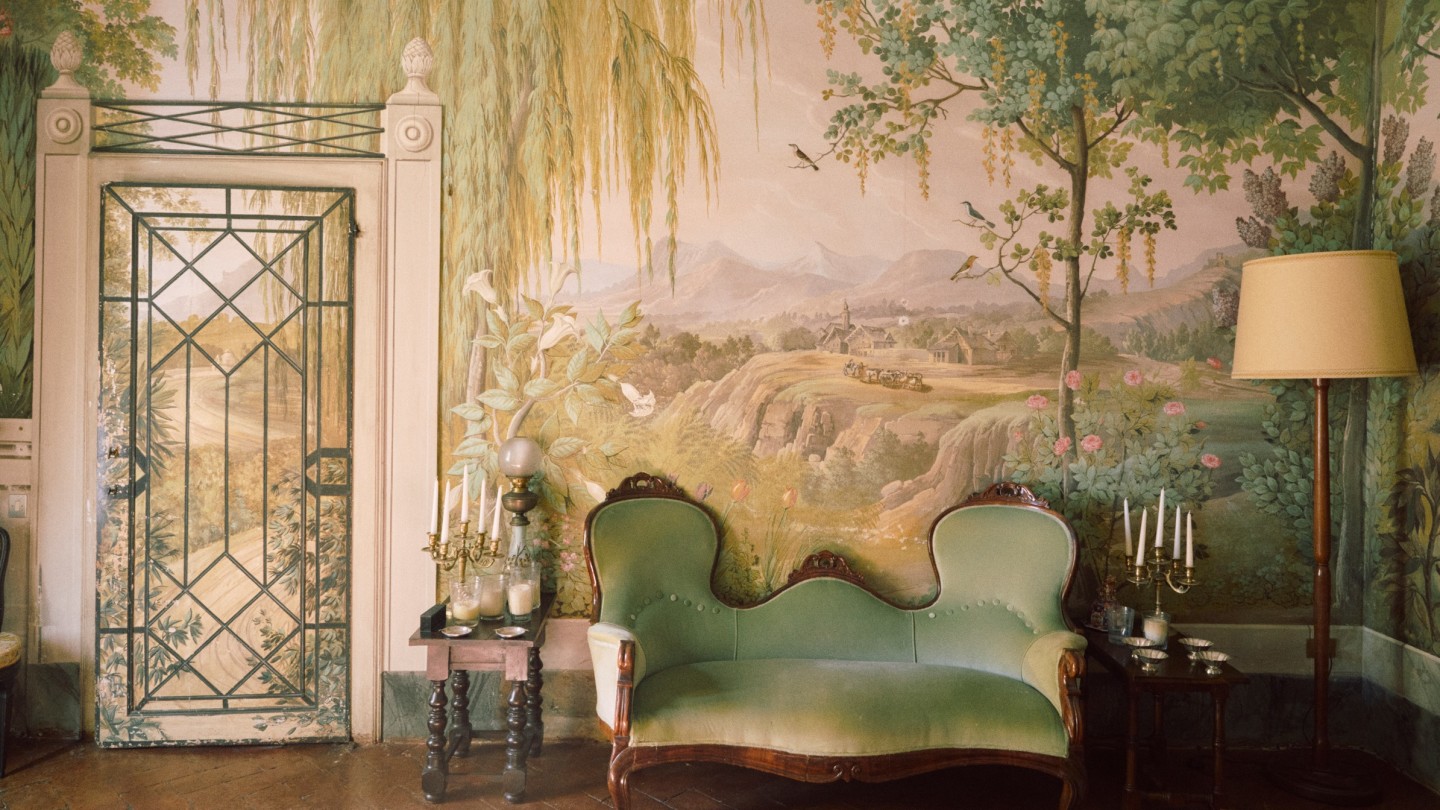
Roula Khalaf, Editor of the FT, selects her favourite stories in this weekly newsletter.
Once upon a modern-day time there was a castle, high on a hill in Tuscany, overlooking acres of well-tended vineyards and dense woodland. Its medieval brick tower, rising tall and straight between inky silhouettes of cypresses, was visible for miles in every direction. In this castle lived a family, descended from an illustrious line of adventurers and statesmen and benefactors. They grew grapes for wine, olives for oil and grain for flour, and worked their land the way it had been worked for several centuries, which is to say respectfully, with skill, diligence and prudence in equal measure. And they shared the experience of it: people from around the world would come to stay – for weeks, or sometimes months – immersing in the lessons the landscape held about how to better respect and preserve it.
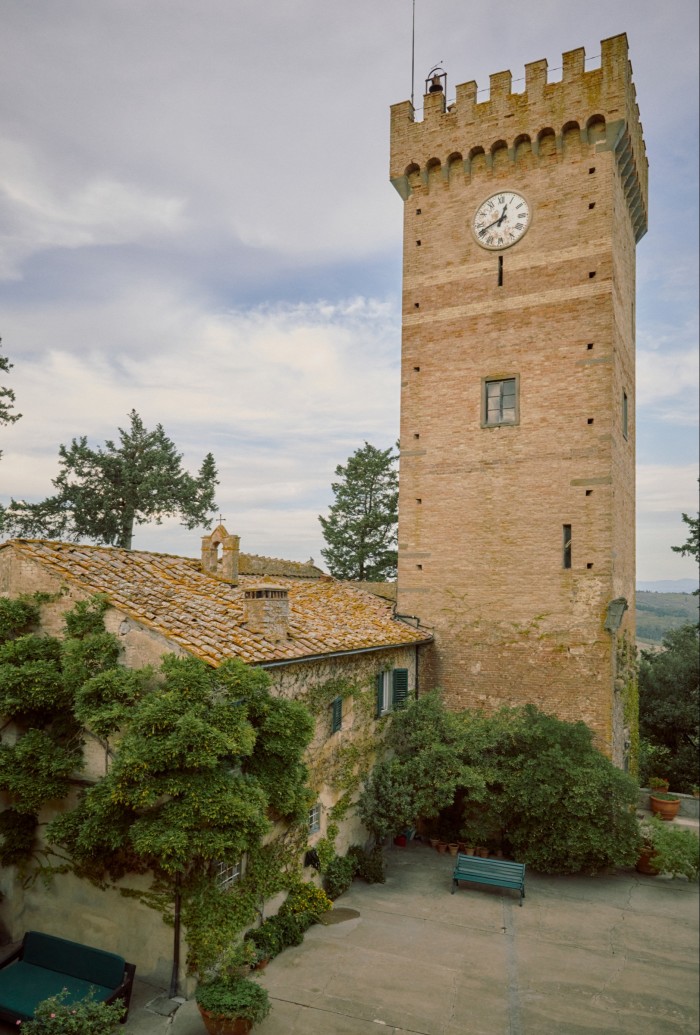
Baroness Caterina de Renzis and her late husband, Baron Alessandro de Renzis Sonnino, first saw Castello Sonnino – a 150-hectare working farm and winery in Montespertoli, 12 miles south-west of Florence – in 1988. The estate, with its 16th-century villa, had just been left to Alessandro by a childless uncle; in its 500 years of existence, it had been variously inhabited by Frescobaldis, Machiavellis and Strozzis, as well as Sonninos. But the house itself, Caterina recalls, was in an almost absurd state of disrepair. No one had really lived there for any length of time for at least 70 years, and it showed. There were holes in the roof; the electricity barely worked; dust cloaked everything like a tarpaulin. But then she walked into a west-facing salon, threw open the shuttered windows and the late-afternoon light revealed a space completely frescoed in ornate garden and botanical scenes. “Everything was suddenly bathed in gold, and the room was like an extraordinary, magical garden,” Caterina says. “And I said, ‘I want to have children here.’”
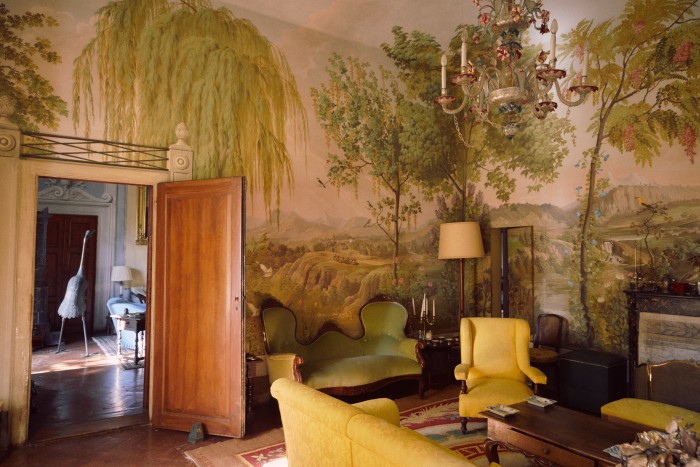
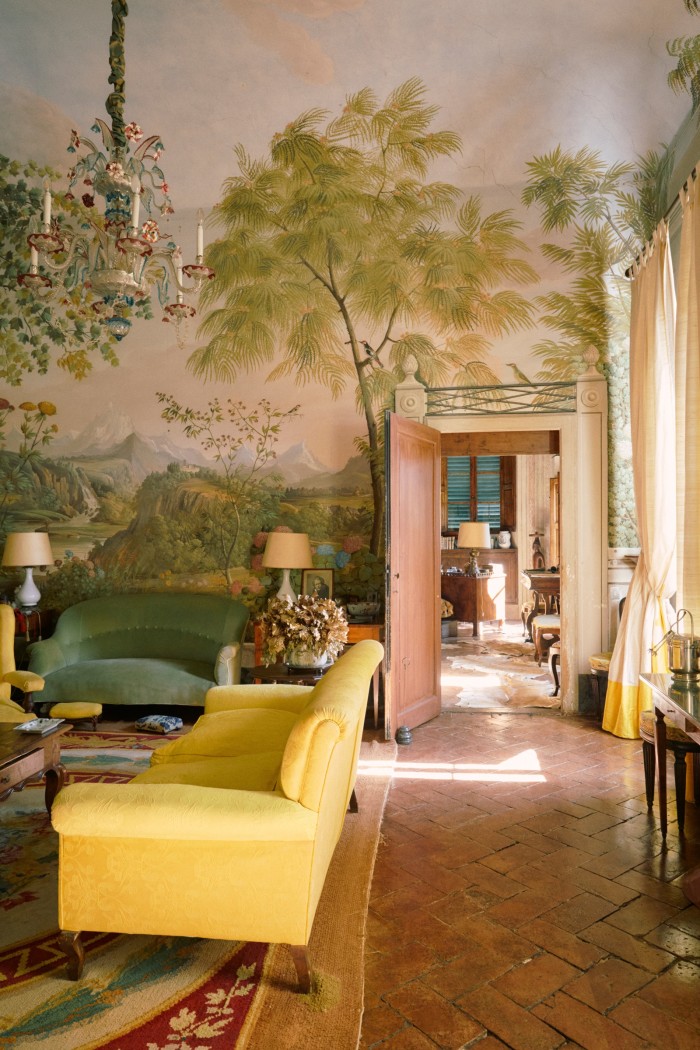
For decades, the de Renzis Sonninos lived an existence that seemed charmed. Together they restored the house, making a home for their children Virginia, now 32, and Leone, 29, and evolving the estate into an enterprise inspired by, and dedicated to, the traditions of the place.
Raised in Florence, the great-grandson of two-time prime minister Sidney Sonnino (1847-1922), “The Baron”, as Alessandro was more familiarly known, began his winemaking prowess with no formal portfolio, but a sophisticated palate. An avowed traditionalist, partial to the elegance of red burgundy, he bucked the then fashion, driven primarily by the US market, for big, tannic, high-alcohol red wines, instead producing ultra-traditional Chiantis (with a trace amount of Trebbiano, a local white grape, an orthodoxy that dates back centuries) and IGT blends of exceptional balance and finesse. He also played a seminal role in the creation in 1997 of the Montespertoli sub-appellation, the smallest in the Chianti region. Caterina, who trained as an artist, made a name for herself as a designer of wine labels, working with estates across Italy – Donnafugata, Fonterutoli, Guado Al Tasso – as well as bodegas in Spain and Argentina.
In 2015 Caterina established the Castello Sonnino International Education Centre, inviting researchers, academics and doctorate students to work with her to create curricula that leverage the estate – which is one of Italy’s official register of historic residences – as a sort of dynamic campus. People have come from as far away as Canada and Australia to live there or in Montespertoli village, gaining hands-on experience in the vineyards and olive groves and attending lectures on topics ranging from cultural tourism to food security. If the academic interests skew more to history, students and teachers have access to Sidney Sonnino’s extensive archives, which are stored in the villa: a splendid room, full of documents, photographs and maps. Since 2018, the castle has been one of seven Gucci Places, where VIP clients of the brand can enjoy private visits. The collaboration came about when Gucci’s creative director Alessandro Michele was scouting garden locations for a campaign. When he saw the frescoed sitting room, he declared it a perfect backdrop; Caterina ended up featuring as one of the models in a later campaign.
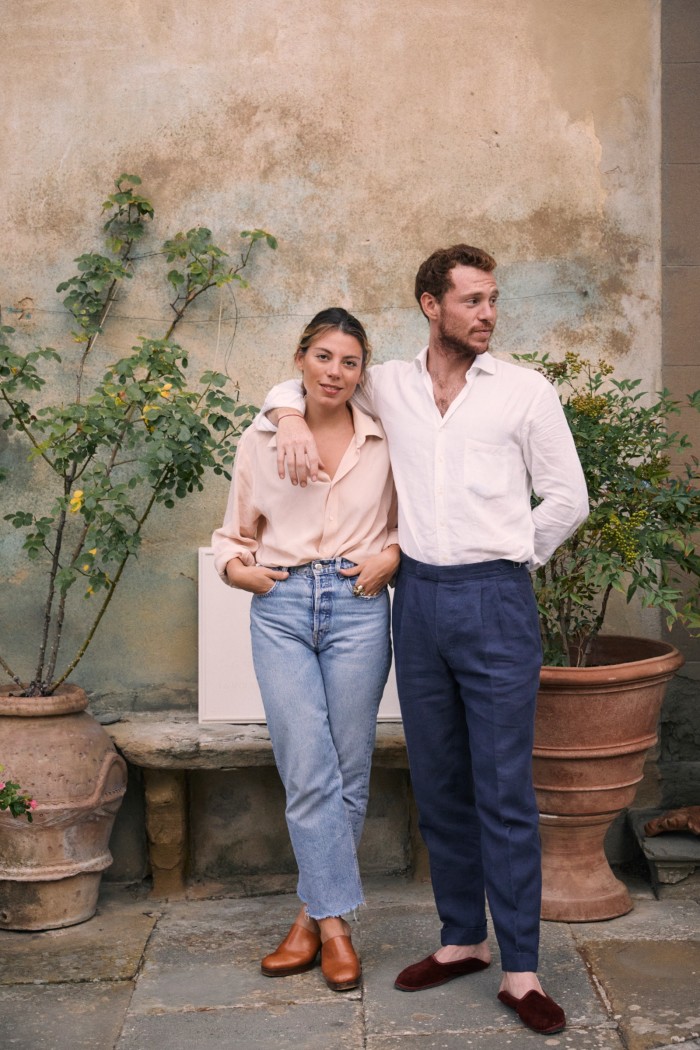
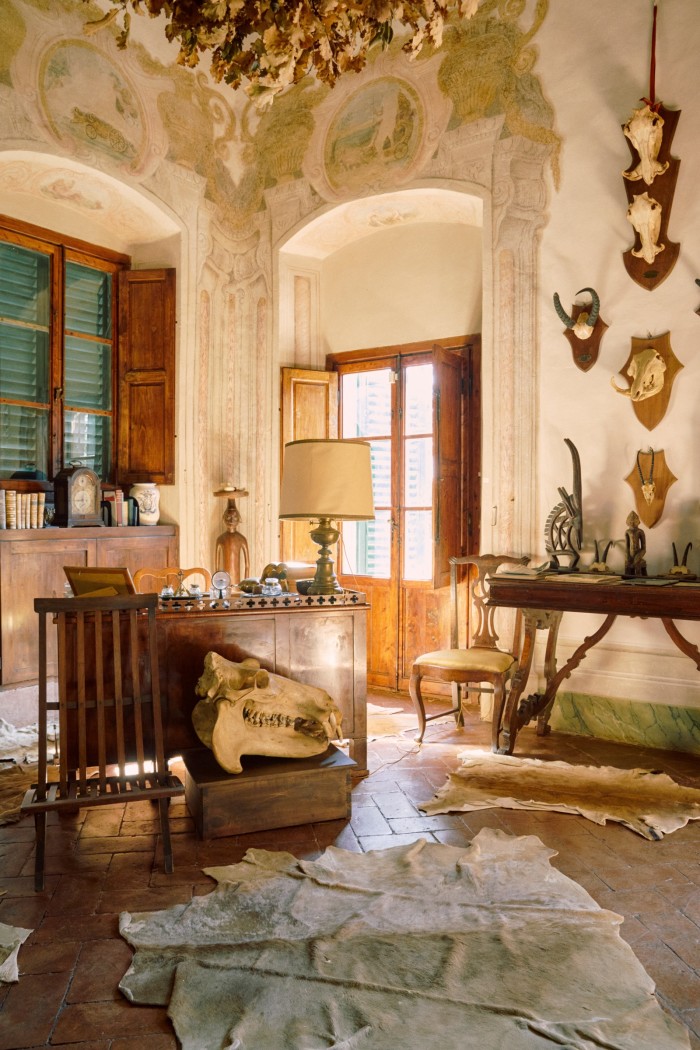
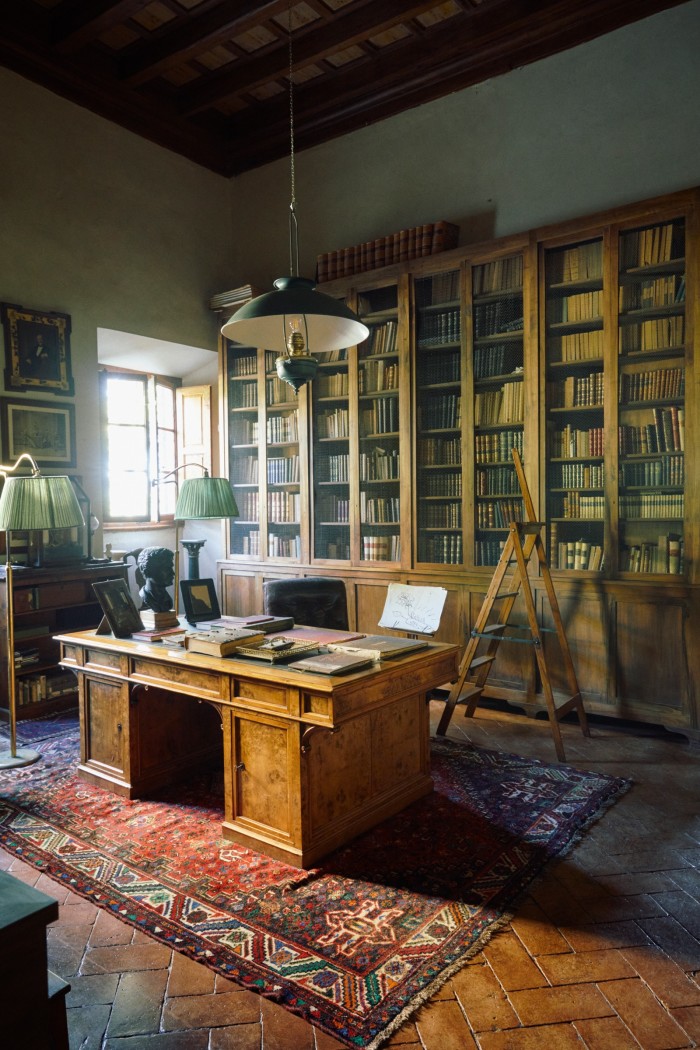
Such was this story’s happy exposition, for many years. Then, in March of 2021, Alessandro died of Covid, after an illness of less than two weeks. He was 64, in the prime of his middle age and at the pinnacle of his winemaking career.
As much as any fable consists of its narrative arc, it’s always also about the epimythia at its core. Courage, equanimity, resilience in the face of upheaval or tragedy: all of these are things Caterina and her children have for better or worse gained experience of in the past two years. Leone had recently relocated to Berlin from Hong Kong, and was working at a retail startup; Virginia was based in Rome, but producing fashion shoots and events internationally. Both had had vague notions of one day, perhaps, returning home to participate in some capacity in the Sonnino project. But Caterina could not run the estate without help, or without selling off parts of it. The homecoming had been vastly accelerated.
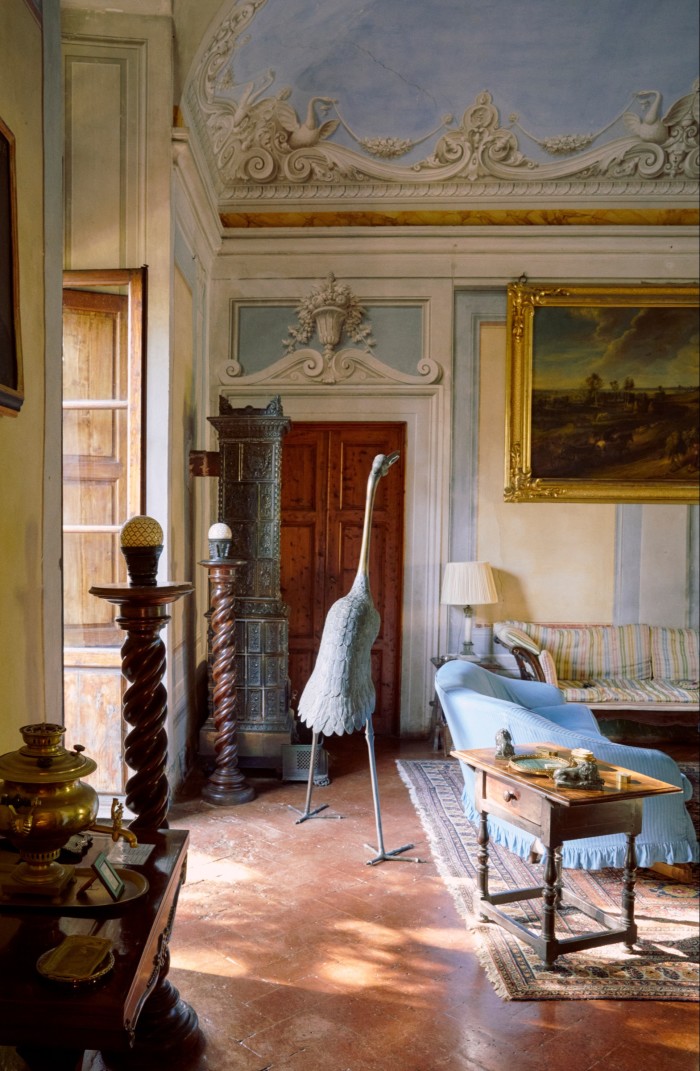
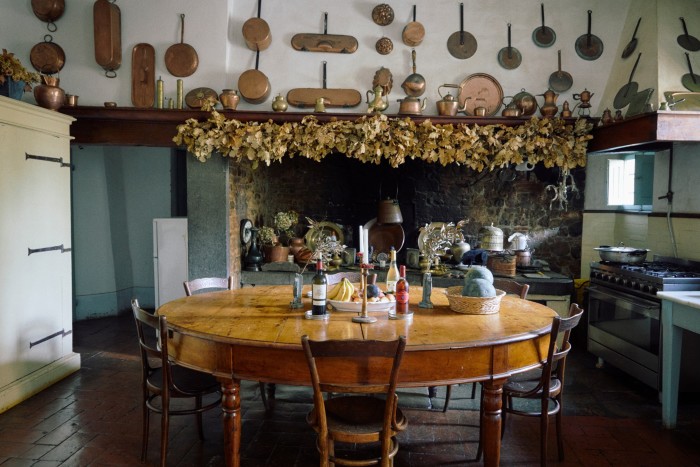
In reconciling the loss and change, however, there has been a revelation. By dedicating themselves to maintaining Castello Sonnino’s traditions, Alessandro and Caterina shaped a place that today sits at the intersection of multiple contemporary interests: heritage, sustainable agriculture, active learning – even the vogue for elegant red Italian wines.
On a September morning made soft by sfumature of mist and sunlight, I walk with Leone among the vines. Having moved home almost immediately after his father’s death, he has immersed himself in every aspect of Sonnino’s wine concern: viticulture, production, business, promotion.
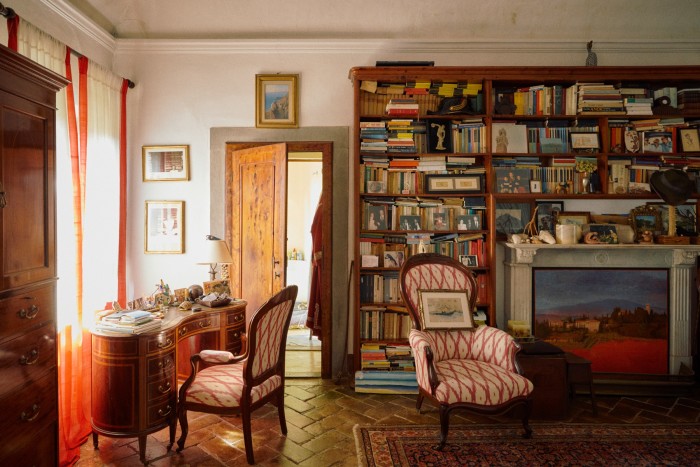
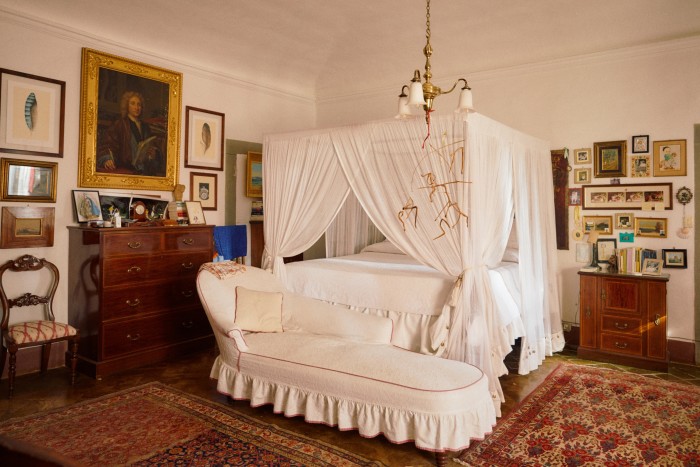
“He never went to the spices or heavy tannins suitable for the US market,” he says of his father’s winemaking. “He retained the elegance that reflected the way he wanted to make wine, but also, even more so, the terroir here. At times, that meant he sacrificed success in the market.” Now, he says, things have come full circle. “The trends have almost reversed direction: people want that freshness and balance, but also that easy drinkability” that is represented by the estate’s Chianti Montespertoli – an “entry-level” wine that nonetheless scores regularly in the 85-90 range.
He was almost anti-commercial at times,” Leone says. “But it came from idealism. It was so important to him that the wines truly reflected this place.” He takes me to see Sonnino’s vinsantaia – the airing attic where Malvasia and Trebbiano grapes are laid out on straw mats for months (known as the appassimento) before being pressed and sealed in casks for a minimum of five years, resulting in the sweet wine that’s traditional to Tuscany. It’s one of the more uncontrolled, and thus mercurial, winemaking processes, and Alessandro was famously one of its most committed traditionalists (never skimping, as larger producers do, on the many months of the appassimento, and ageing his wines for up to six years), which has paid off in multiple industry awards. Leone reckons Castello Sonnino’s vinsantaia, wholly unchanged for centuries, is one of only two or three such intact ones left in the region. (When it’s not being used to dry the grapes, Caterina has been known to host a yoga or meditation class here.)

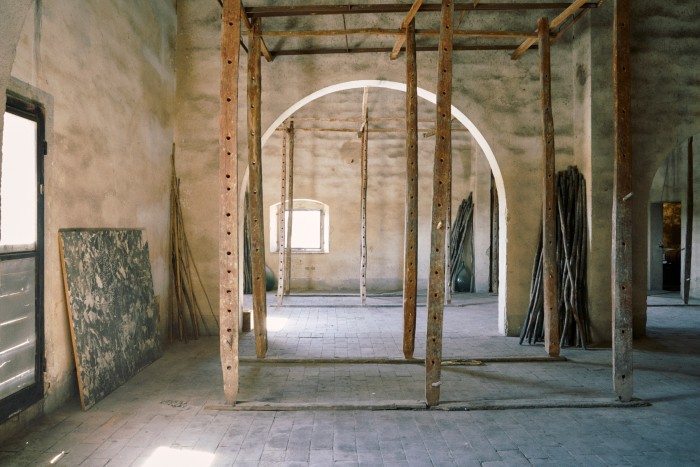
Virginia has joined her mother in running the Education Centre. “It felt like the most natural place for me; I’d spent years working in shoot and event production, so to lean on that skill set and put it to work with the programming made sense,” she says. In the less than two years she’s been involved, she’s helped both streamline processes and expand Sonnino’s educational remit. Whether with the University of British Columbia or Colorado College (just two of the numerous universities whose masters and doctorate students Castello Sonnino has hosted), “we collaborate on developing the itinerary and curriculum. But once that’s signed off on, we run everything here.” Excursions around Tuscany, but also to Milan and Rome, are regular features.
The apartments are available to let as well, when Institute programmes aren’t in residence. “I made sure the things that matter were very good: beds, bathrooms, full kitchens. It was with the students’ comfort in mind – they’re actually really nice as such accommodations go, so they’ve worked well for holiday rentals too.”
Over coffee one morning in the dining room, sitting next to a metre-tall foliage arrangement she’d fashioned from found branches a few days before, Caterina goes back to the genesis of the education idea. “I wanted to generate an income for us, alongside the wine, without selling or destroying or compromising anything – not one thing.” She notes that, in the immediate aftermath of Alessandro’s death, when the future of Castello Sonnino as a family home hung somewhat in the balance, she was encouraged to consider selling the vineyards. “But how could I do that, when they are such a fundamental part of this place?”
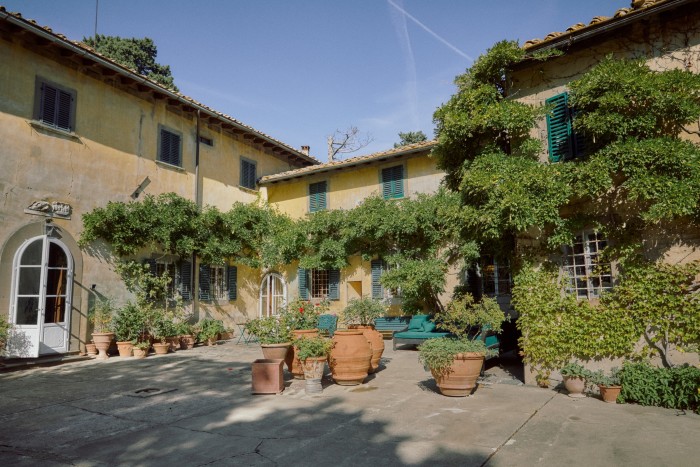
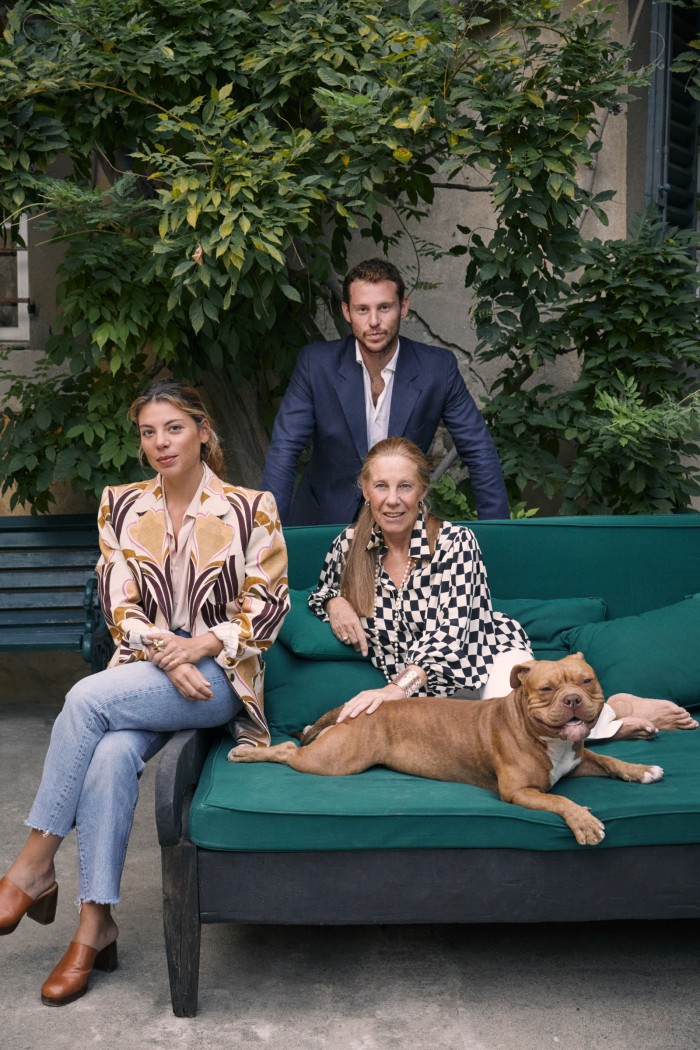
Likewise, she says, the essence of the house itself: Gucci wanted the Places collaboration because Castello Sonnino has character, not just beauty. Very little in the villa has been changed from the time she herself first threw open those shutters; while rugs have been cleaned, and a few divans and sofas reupholstered, one of the things that makes the interiors so ravishing is their preserved-in-amber sense of place. Many of the original furnishings are still in situ: “It was that that Gucci wanted: the fact that the place hasn’t been changed significantly from what it was 10 or 100 years ago; that we live here with it day to day.”
She considers. “We had a vision of entrepreneurship in which everything has to be connected; that is what makes it holistic, sustainable.” Her hands lift and move in a fluid gesture – one she has made a few times already – as though twisting disparate parts of something together, when articulating what Castello Sonnino is. “All these – the house, the vines, the land, the archives – are linked one to the other. We have always worked with everything we have here. To remove one thing would change the balance of it all.” She quotes a mission statement coined for the Institute: “Living history to sustain the future.” It’s an apt description of the place – and the story she hopes to continue to tell there.
Castello Sonnino is open for tastings and visits; enquire via email for holiday apartments, info@castellosonnino.it
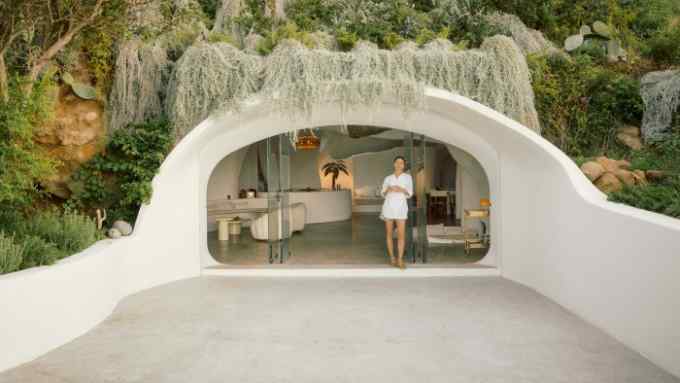
Comments